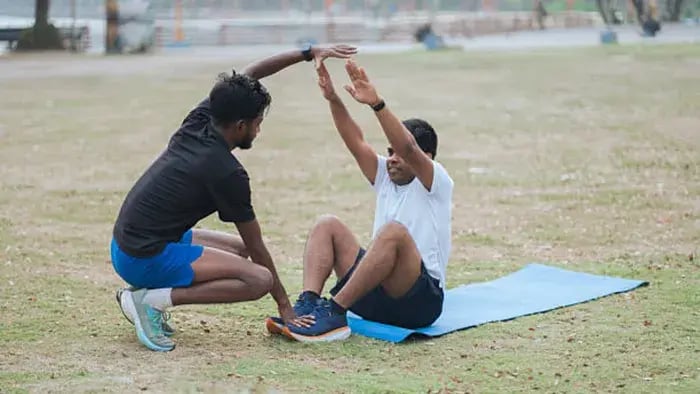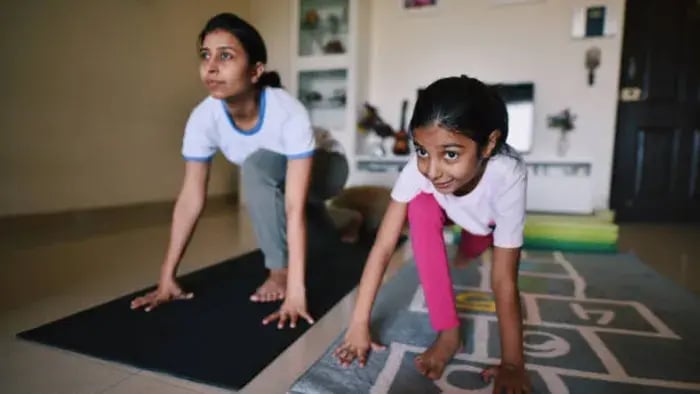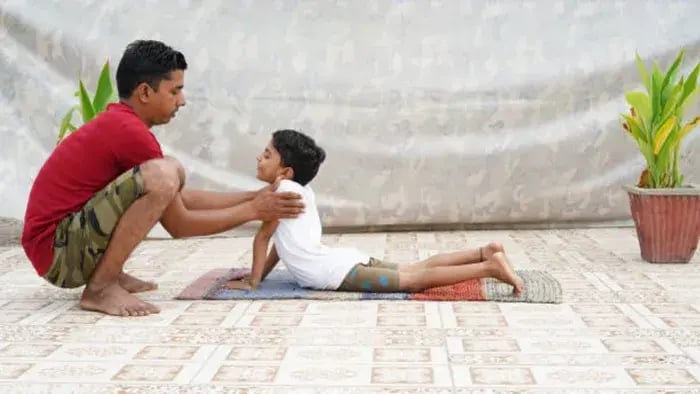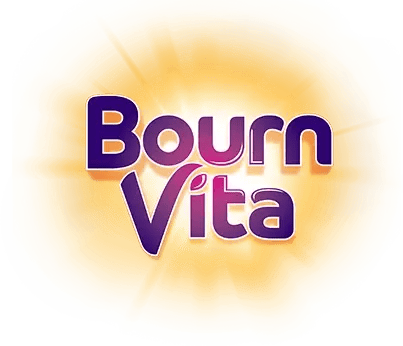- Dynamic Flexibility supports active movements with strength
- Static Flexibility allows deep stretches and relaxed positions
- Active Flexibility builds control by using your own strength
- Passive Flexibility improves range with external assistance
- Functional Flexibility supports everyday movement with ease
Introduction

Flexibility is a measure of how well the body moves, adapts, and performs everyday tasks with ease. For kids, flexibility shows up in playful movements, bending, stretching or sitting in positions that adults find hard. As we get older, flexibility takes on a new role, allowing muscles and joints to move, reduce stiffness, and prevent injuries.
Different types support different needs, whether it’s dynamic stretches before a game, static stretches to cool down, or mobility that makes daily routines easier. Kids may be naturally supple, but teens and adults can also maintain strong flexibility with consistent practice. It’s as much about posture, balance, and comfort in daily movement.
Knowing the types of flexibility helps you choose the right stretches and exercises for each stage of life. For kids, it’s about coordination and growth; for teens it’s about strength during rapid change; and for adults it’s about being agile, strong and injury-free. Flexibility in all its forms is a lifelong companion to energy, activity and overall well-being.
5 Different Forms of Flexibility That Shape Daily Movement

Flexibility is a skill the body carries through every stage of life. For children, it shows up in playful movements, splits, cartwheels, or simply sitting cross-legged without effort. Teens use flexibility to perform better in sports, dance, or fitness, while adults rely on it to stay mobile, reduce stiffness, and prevent injuries. Beyond sports or performance, flexibility makes everyday tasks easier, whether it’s bending to tie shoelaces, reaching overhead, or sitting comfortably for long hours.
Dynamic Flexibility supports active movements with strength
According to a study published in J Sports Sci Med. 2019 dynamic flexibility refers to the ability to move joints through a full range of motion with control and power. It is the type of athletes, dancers, and children use while running, jumping, or performing splits. For teens, it improves performance in sports, while for adults, it ensures smoother and safer workouts. Dynamic flexibility combines mobility with strength, making it essential for activities that require balance and energy.
Static Flexibility allows deep stretches and relaxed positions
As per a study published in Front Physiol. 2021 static flexibility is the ability to hold a stretch comfortably for a period of time. This is what children often show naturally when they sit in splits or teens demonstrate in yoga postures. For adults, it becomes a tool to relax tense muscles, improve posture, and prevent stiffness after long hours of sitting. Practicing static stretches regularly helps the muscles lengthen gradually, making movement easier and safer.
Active Flexibility builds control by using your own strength
Research conducted by J Exerc Rehabil. 2017 shows that active flexibility means holding a stretch without external help, using only your muscles. For example, lifting a leg high and holding it without support. Kids and teens who practice gymnastics or martial arts rely heavily on this. For adults, it helps develop balance and strength alongside flexibility. Active flexibility is especially useful in strengthening smaller muscle groups that stabilize joints and prevent injuries.
Passive Flexibility improves range with external assistance
A study published in J Pers Med. 2021 shows that passive flexibility is achieved with the help of an external force, such as a partner, equipment, or even gravity. Think of a child being stretched in dance class or an adult leaning into a yoga pose with the support of a wall. While it allows deeper stretching than active flexibility, it works best when balanced with muscle control. It is valuable for relaxation, muscle recovery, and gradual improvement in range of motion.
Functional Flexibility supports everyday movement with ease
Research published in J Gerontol A Biol Sci Med Sci. 2015 shows that functional flexibility is the type that makes daily tasks effortless. It is less about performance and more about practical mobility, bending, lifting, walking, or reaching without discomfort. For children, it supports natural growth and play. For teens, it provides a foundation for safe movement during physical activity. For adults, it prevents stiffness, supports posture, and makes daily routines easier. Functional flexibility ensures long-term independence and mobility.
Conclusion

Flexibility shows up in many forms, dynamic, static, active, passive, and functional. Each one has its role in keeping the body strong, agile, and injury-free. Children naturally display more flexibility, but with practice, teens and adults can maintain and even improve their range of motion. By including the right stretches in daily routines, you create a healthy balance that supports growth, energy, and comfort at every age. Flexibility is not just about physical ability, it is about freedom of movement and the confidence to enjoy life fully.
Her love for storytelling began with reading her grandfather’s speeches, where Tarishi saw the power of words in creating lasting memories. Combining her passions for food and writing, she has turned her life into a fulfilling path of sharing stories that celebrate flavours and how food brings communities together.
The views expressed are that of the expert alone.
The information provided in this content is for informational purposes only and should not be considered a substitute for professional medical advice, diagnosis, or treatment. Always seek the advice of your physician or another qualified healthcare provider before making any significant changes to your diet, exercise, or medication routines. This is a sponsored article.
References
https://pmc.ncbi.nlm.nih.gov/articles/PMC5864160/
https://pmc.ncbi.nlm.nih.gov/articles/PMC8619362/
https://pmc.ncbi.nlm.nih.gov/articles/PMC5667606/
















